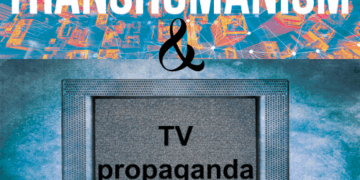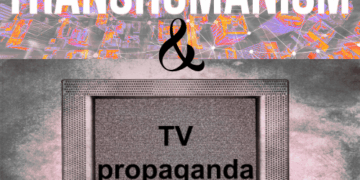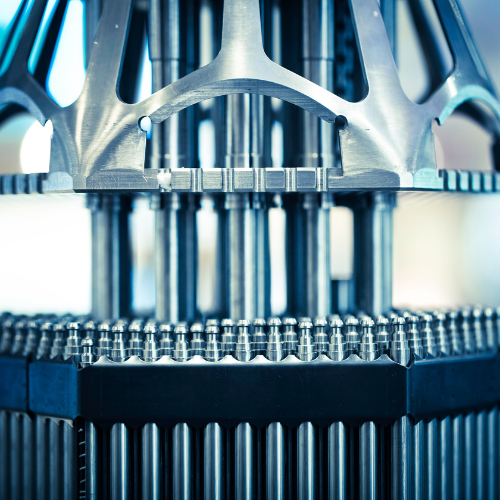- General Information
- Health
- Society
- Media
- Become a MemberPREMIUM
- Events
- Contact Us
- Shop
- Categories
- Access to Health
- Ageing & Longevity
- Asset-Based Community Development
- Community & Health
- Ecology & Environment
- Economic & Political Root Causes
- Economic Stability
- Education
- Environmental Contaminants
- Ethnicity & Gender
- Health Condition of the Body
- Holistic Approach
- Law & Human Rights
- Men’s Health
- Natural Medicine
- Nutrition & Food
- On A Philosophical & Ethical Note
- Political Acceptance & Opposition
- Race
- Social Determinants of Health
- Traditional Medicine & Adjuvant Therapies
- Transhumanism
- Wellness
- Women’s Health
China’s Energy Leap: Thorium, The Equivalent of 106 Saudi Arabia’s
Our global energy supply is on the brink of a revolution. And no, that’s not an exaggeration. Moreover… that breakthrough could come much sooner than previously thought.
The known thorium reserves amount to about 6.2 million tons. Compare this with the 270 billion barrels of crude oil that are underground in Saudi Arabia. When thorium reactors are started up for our daily electricity production, we tap into an energy source that amounts to a staggering 48,980,000 TWh. That is 106 times more energy than all the Saudi oil reserves.
Our most conservative and uninspired Western scientists have laughed it off all these years. When it came to thorium reactors, they reflexively retreated into their shells and continue to respond nonchalantly to this day, “We’ve been hearing that for 40 years now. Thorium is pie-in-the-sky and it always will be. It is an illusion because it simply doesn’t work. It is technically not feasible.”
Since 2011, China has been testing an experimental thorium reactor in the Gobi Desert of Inner Mongolia. We knew that, even though those rumors were never formally denied or confirmed by Beijing. That was until last week.
The Chinese thorium reactor in the Gobi Desert is no longer experimental. It is a proof of concept and has now logged thousands of operating hours. The most recent breakthrough occurred a few weeks ago when the reactor was first loaded with new fuel while the reactor continued to run continuously. This marks a crucial step forward towards civilian applications. Add to that the fact that thorium, unlike uranium, is hardly suitable for nuclear weapons.
Thorium was discovered in Norway in 1830 as a ‘rare earth’ with no immediate application. Only in 1941 did American scientists succeed in splitting a thorium atom, releasing an unimaginable amount of energy. Already in 1962, an American cargo ship was equipped with a thorium reactor. The ship and the reactor were to remain operational until 1972. Such reactors also operated on land. In the basements of Oak Ridge National Laboratory, a reactor produced continuous electricity for 13,000 load hours from 1965 to 1969. In 1972, President R.M. Nixon put the thorium story to rest and prioritized plutonium and uranium, fissile materials that were eligible for nuclear armament. By using uranium for both civilian and military purposes, the true extent of the American nuclear arsenal could not be inferred from the traceable uranium consumption.
And then… the nuclear disaster in Fukushima hit in 2011 that has kept the world in a latent state of panic to this day. The West and the East reacted completely differently to this wake-up call. Where Western European powers decided to hastily shut down and phase out nuclear reactors, China accelerated its thorium research. We are now 14 years later and in Europe, politics is still bickering over whether nuclear energy belongs to the past, while China has used those same 14 years to work on the future and today has delivered an operational thorium reactor. And here we are.
Experts believe that China has thereby built a technological lead of 10 years and will be able to offer commercial thorium reactors to the 41 partner countries in the SCO, BRICS+, and BRI by the year 2030 (or earlier). Thorium reactors are cheaper, safer, and more powerful than the current generation of LWRs (Light Water Reactors) or FBRs (Fast Breeder Reactors).
At the outset, China may offer small modular reactors, eventually moving on to the construction of larger installed capacities that are more powerful, cheaper, and safer than our current PWR fleet (Pressurized Water Reactor).
This definitively shifts the playing field. It is a ‘game changer,’ both geopolitically and technologically. Thorium reactors provide an answer to the exploding energy demand for AI, big data, and crypto. The production of drinking water with large desalination plants suddenly becomes affordable and technically feasible. Also, for the rapidly increasing energy demand in mining, SMRs offer a ready-made solution. Maritime shipping is perhaps the industry where we will see this technology widely deployed. Chinese neighboring countries and the Arab Gulf states are among the first candidates, and Russia’s Rosatom, the world leader in nuclear turn-key installations, is also considered one of the privileged partners to spread this Chinese technology among the BRI countries under the ‘One Belt, One Road Initiative’.
Every kilogram of thorium will not price out a single barrel of oil, a ton of coal, or a cubic meter of natural gas from the market in the short term. It promises once again to be an energy source that we add to the mix, in our quest for more, more, and more energy.
This is yet another technology and essential industry in which China is now taking the lead. The technology has existed since the 1950s, and the potential has been crystal clear all along. But we never really made an effort to further develop it. In return, we engaged in endless dogmatic discussions about nuclear energy and installed unsustainable wind turbines and solar panels.
Disclaimer
The views and analysis expressed in this content (video, blog, article, etc.) are solely that of the author and does not necessarily reflect the views of humani-well, the organisation, or other associated parties.
Medical disclaimer: you should not rely on the information on this website as a replacement for seeing a doctor or other qualified healthcare provider for a diagnosis or treatment. Nothing in this publication should be interpreted as a substitute for the advice of a qualified healthcare provider. Please consult a medical professional before using any information contained in this publication.
Joachim Van Wing
A sharp pen, combined with extensive knowledge and deep insights is what you can expect from Joachim. As a sholar, he studied the global economy related to oil for over two decades. His projections on short- and long-term effects of the interplay between economics and politics are often flabbergasting. As an acclompished businessman in petro-derivates, he has a vast network of high placed peers which helps him to keep track of international monetary and energy evolutions.
© 2025 Humaniwell | CHOOSE WISELY. Powered by NoCodeLabs.



























